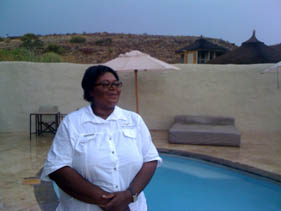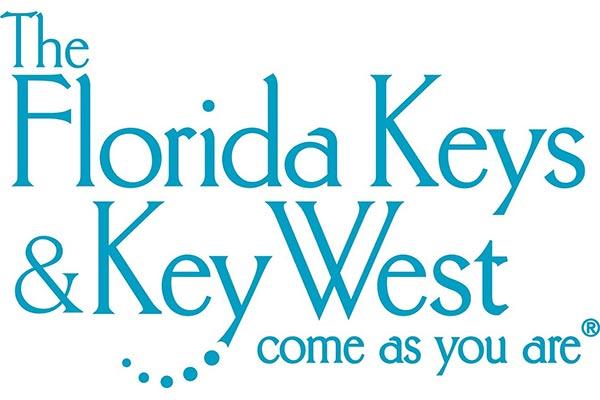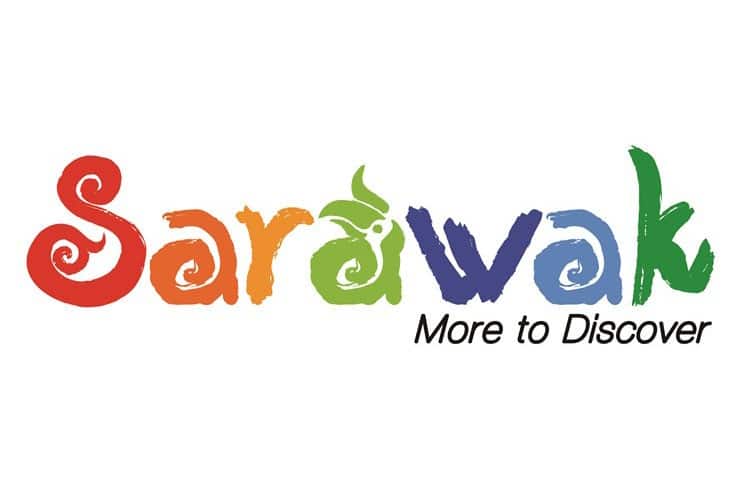Namibia Breaks the Mould of African Wildlife Conservation and Tourism
Tuesday, 30 Jan, 2010
0

Lena at home in Damaraland Camp
It’s been a hard day. The 4wd has smashed into an ex river course and broken a tyre so it had to be changed in the baking sun/torrential rain. We’re late, so no time to stop even for a drink before we have to engage the Defender’s 4 wheel drive and scramble up a muddy vertical incline to the tented camp. A welcome soft drink, cold towel, and welcome from the manager – my kind driver departs, leaving me to a briefing from the assistant manager/pilot – nice guy from Kerala.
The briefing involves: “We’ve got a few black scorpions and occasionally see puff adders” – “So no armed guard to see me to my room and frighten the lions like last night, at your other camp then!” – “No but you’re our only guest tonight so we don’t want to lose you” – “Only me?” – “Only you!” “How many staff?” “thirty-four”. Wow.
Time to wash and change, admire the view from the veranda (stunning vast, deep, long basalt rock-strewn valley made green by the recent rain) and explore the room/tent (style and utility combined – toiletries, tea, big shower, comfy bed, large verandah – no scorpions or snakes).
Dinner for one; small table right in the middle of the restaurant with a view. Set for two? Local custom? No, the manager, Lena, sits down beside me. “They want to know what you want to eat” she says – “Do I have to choose” – “No, we’ll have everything on the menu, I want to try it ALL!”
I realized that Lena was a larger than life character. This is confirmed when she shows me her feet “Size 10, you know, because I didn’t wear shoes until I was 12 years old – none of us did – plastic bags sometimes, but not shoes – and we didn’t have money either”
So what’s the story? Lena’s grandparents had been moved from South Africa to make way for a military camp. She’d spent her early life as a goatherd, actually bored out of her wits, she was constantly getting into trouble. And when her community was one of the first to apply to organize a conservancy, with a tourist lodge – Lena had applied for a job as manager. “I could do it” she said. But her brother had got the job, because he had precedence, and she’d gone to another lodge to work, very hard, because now she had something to prove.
When her brother had fouled up (“due to them having given him money,” she said – “it was new to us, we didn’t have money before”) Lena had got the job and here she was.
“But you’re a real professional, Lena!” “Yeah, they train us, they even sent me to the Kansas City Ramada to work – all those cream cakes I’d never seen before – I was a skinny little thing when I went there, look at me now! I did everything, marketing, front of house, chef, washer-up, reservations, reception, chambermaid, waiting, concierge – everything. You can’t manage staff until you can do their jobs yourself, can you?”
“Wilderness Safaris (www.wilderness-safaris.com/) and the Conservancies change people’s lives, you know”
I’m in Namibia and this was a typical conversation, not just at the award-winning Damaraland Camp (www.wilderness-safaris.com/namibia_kunene/damaraland_camp/introduction/) on the country’s first conservancy – Torra, but everywhere. The country is riding high on the success of the unique conservancy programme which allows local communities take charge of their local wildlife. The programme delivers financial benefits, a sense of ownership and pride to the communities; a burgeoning wildlife population to the country, the tourists and the environment; and major commercial opportunities to SMEs like Wilderness Safaris. Plus, of course, a successful formula for the knotty mix of tourism and conservation that is an exportable, transferable commodity.
I wasn’t surprised that next early morning to be shown round the conservancy by one of the brightest, youngest and most accomplished wildlife guides I’ve ever met. Raymond explained that he was training an assistant, Anthony – and they both managed to give me a morning to remember. We tracked desert elephants and found them again and again added to a vast variety of other wildlife that the pair knowledgeably identified in the remarkable terrain.
Later, in Windhoek, I talked to Rob Moffat of Wilderness, a passionate advocate of both Namibia and the conservancy system. “It really works, you know” he said “We plough back everything we can and we get total commitment. At the end of the day it boils down to ownership and involvement”
So far Namibia is a real success story. The conservancy system is working so well that, spurred on by the Ministry of Environment and Tourism (www.met.gov.na)the Millennium Challenge Corporation (www.mcc.gov/) is in the process of investing over $300m in the country including a hefty $60m in tourism – see www.mca.gov.na/investment_sector_tourism.php in particular the sensational Etosha National Park www.etoshanationalpark.co.za/
And for some very good reasons…
Namibia was the first African country to incorporate protection of the environment into its constitution. The Government of Namibia has reinforced this by giving its communities the opportunity and rights to manage their wildlife through communal conservancies. In existence for over 20 years, the Community Based Natural Resources Management (CBNRM) www.nacso.org.na/what_is_cbnrm.php Programme is a successful multi-faceted approach to rural development and conservation. Covering a massive 16% of the country over 130,000 square kilometers of prime wildlife habitat, the conservancy movement has grown dramatically over the past decade with 59 communities (with over 230,000 members) already registered and a further 30 in the pipeline.
Economic benefits to communities have increased tangibly since the start of the CBNRM programme, from less than N$600,000 in 1998 to N$41.9 million (US$ 5.7 million) in 2008. Most of this growth has come from tourism. As tourism to the normal destinations in Namibia have grown, there has been a parallel growth in the level of interest demonstrated by tour operators, lodge investors and independent tourists in the remote wildlands of Namibia, much of which are now covered by communal conservancies. Many of these conservancies contain spectacular scenery, rich cultures and burgeoning wildlife populations including elephant, rhino and lion, all of which make them highly attractive to the tourism sector.
Within the Communal Conservancy Tourism Sector, there are now 29 formal joint-venture lodges and campsites (like the relationship between Torra and Wilderness Safaris) that work in collaboration with the host communities to achieve both conservation and development objectives at the local level. And there’s another 15 on the way. At the moment joint ventures conservancies represent 856 beds, 789 full-time jobs and over 250 seasonal positions. More than N$ 145 million (US$ 19 million) has been invested in tourism in communal conservancies in this way by the private sector since 1998.
In this way, tourism contributes direct cash payments to conservancies, salaries for employees, staff training, and related benefits such as payments of cash and in-kind contributions (equipment, donated services, etc.) to village development committees, local schools, etc. These are new or additional activities which give many households access to cash and other benefits that they never had before, and that would not have been possible prior this innovative conservancy legislation in 1996. This has directly translated into conservation benefits with poaching being almost totally eliminated, communities setting aside land for exclusive use of wildlife and resulting expanding populations of all wildlife even including animals such as elephant, lion and black rhino.
And there are many less tangible social benefits like greater confidence and empowerment, on-the-job training, travel opportunities, improved governance, accountability and transparency.
Economic benefits to communities have increased tangibly since the start of the CBNRM programme, from less than N$600,000 in 1998 to N$41.9 million (US$ 5.7 million) in 2008. Most of this growth has come from tourism. As tourism to the normal destinations in Namibia have grown, there has been a parallel growth in the level of interest demonstrated by tour operators, lodge investors and independent tourists in the remote wildlands of Namibia, much of which are now covered by communal conservancies. Many of these conservancies contain spectacular scenery, rich cultures and burgeoning wildlife populations including elephant, rhino and lion, all of which make them highly attractive to the tourism sector.
Within the Communal Conservancy Tourism Sector, there are now 29 formal joint-venture lodges and campsites (like the relationship between Torra and Wilderness Safaris) that work in collaboration with the host communities to achieve both conservation and development objectives at the local level. And there’s another 15 on the way. At the moment joint ventures conservancies represent 856 beds, 789 full-time jobs and over 250 seasonal positions. More than N$ 145 million (US$ 19 million) has been invested in tourism in communal conservancies in this way by the private sector since 1998.
In this way, tourism contributes direct cash payments to conservancies, salaries for employees, staff training, and related benefits such as payments of cash and in-kind contributions (equipment, donated services, etc.) to village development committees, local schools, etc. These are new or additional activities which give many households access to cash and other benefits that they never had before, and that would not have been possible prior this innovative conservancy legislation in 1996. This has directly translated into conservation benefits with poaching being almost totally eliminated, communities setting aside land for exclusive use of wildlife and resulting expanding populations of all wildlife even including animals such as elephant, lion and black rhino.
And there are many less tangible social benefits like greater confidence and empowerment, on-the-job training, travel opportunities, improved governance, accountability and transparency.
Namibia’s got some of the most sensational scenery and wildife in the world, and it’s being turned to real community advantage by a potent cocktail of enabling legislation, private sector involvement, and massive, educated, donor funding and technical assistance.
The proof of the pudding? A dramatically enhanced wildlife count, strong and stewarded cultural values, a prosperous and growing tourism economy, satisfied visitors, a profitable private sector but most importantly enthusiastic, educated and committed people like Lena, Raymond and Anthony – the necessary seed corn for a truly sustainable tourism industry.
And another exciting thing is happening in Namibia. For centuries, resin from an endemic bush has been harvested as perfume for the ladies of the Himba tribe. Hot stuff – now the resin is to be made available on world markets – and locally to tourists to benefit the population – good smell – good sense! www.aromantic.co.uk/namibian-myrrh.htm
Valere Tjolle
Full Suite of 4 2010 Sustainable Tourism Reports will be available shortly For anyone interested in sustainable tourism these are must-have reports. They will: Inform your planning * Inform your investing * Inform your colleagues * Maximise your ROI * Help you create winning sustainable strategies
Related News Stories:
Valere
Have your say Cancel reply
Most Read
TRAINING & COMPETITION
 United Kingdom
United Kingdom United States
United States Asia Pacific
Asia Pacific












































Dozens fall ill in P&O Cruises ship outbreak
Turkish Airlines flight in emergency landing after pilot dies
Boy falls to death on cruise ship
Protestors now targeting Amsterdam cruise calls
Unexpected wave rocks cruise ship